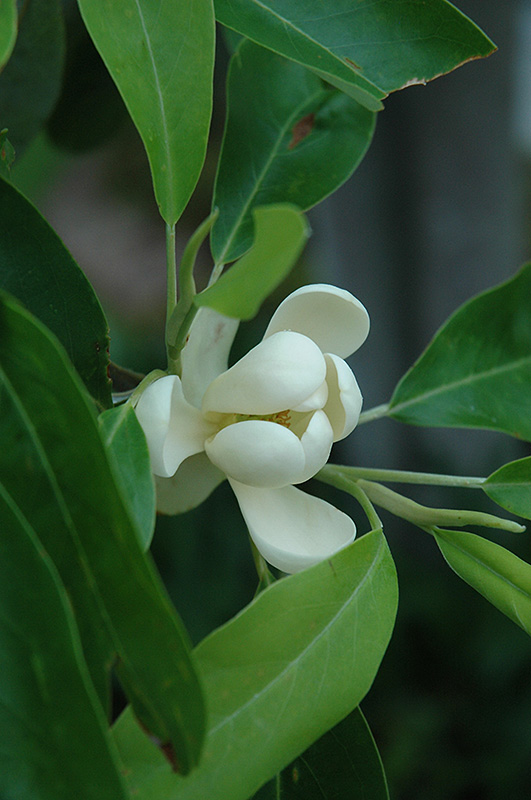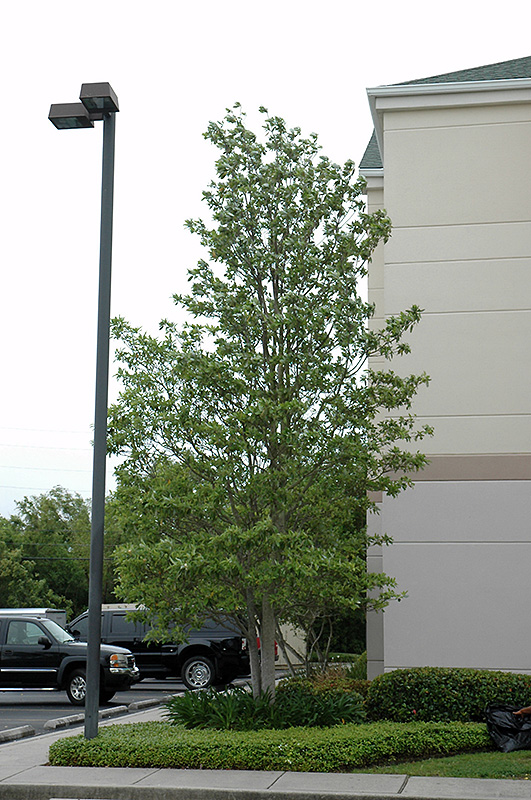Looking for a particular Plant? Try our Plant Finder Tool.
Height: 20 feet
Spread: 20 feet
Sunlight:
![]()
![]()
![]()
Hardiness Zone: 5a
Other Names: Swamp Magnolia, Laurel Magnolia
Description:
A small tree with sparse, extremely fragrant cup-shaped flowers in spring and sporadically throughout summer, large leaves with silver undersides; very adaptable, makes a wonderful front yard accent in the average home landscape
Ornamental Features
Sweetbay Magnolia features bold fragrant creamy white cup-shaped flowers held atop the branches from mid to late spring. It has dark green deciduous foliage. The pointy leaves turn yellow in fall. The fruits are showy red pods displayed in early fall.
Landscape Attributes
Sweetbay Magnolia is a multi-stemmed deciduous tree with a more or less rounded form. Its average texture blends into the landscape, but can be balanced by one or two finer or coarser trees or shrubs for an effective composition.
This is a relatively low maintenance tree, and should only be pruned after flowering to avoid removing any of the current season's flowers. Deer don't particularly care for this plant and will usually leave it alone in favor of tastier treats. It has no significant negative characteristics.
Sweetbay Magnolia is recommended for the following landscape applications;
- Accent
- General Garden Use
Planting & Growing
Sweetbay Magnolia will grow to be about 20 feet tall at maturity, with a spread of 20 feet. It has a low canopy with a typical clearance of 3 feet from the ground, and is suitable for planting under power lines. It grows at a medium rate, and under ideal conditions can be expected to live for 60 years or more.
This tree performs well in both full sun and full shade. It prefers to grow in moist to wet soil, and will even tolerate some standing water. It is not particular as to soil type, but has a definite preference for acidic soils, and is subject to chlorosis (yellowing) of the foliage in alkaline soils. It is quite intolerant of urban pollution, therefore inner city or urban streetside plantings are best avoided, and will benefit from being planted in a relatively sheltered location. Consider applying a thick mulch around the root zone in winter to protect it in exposed locations or colder microclimates. This species is native to parts of North America.




